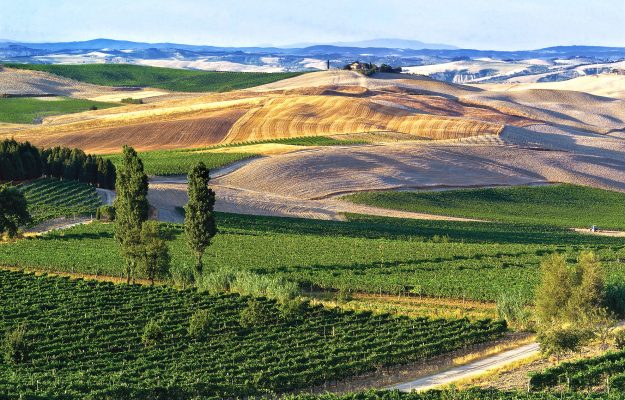The wine sector, and the agribusiness sector more generally, is turning out to be more and more attractive, so much so that, in 15 years (2005-2020), the number of funds making investments in agribusiness has grown 15-fold, driven by 4 precise trends: sound economic-financial fundamentals of companies, growth in demand, sustainability and high-growth niches, and subsidies to the sector. In the wine sector alone, it’s up to $8 billion in transactions by 2021, from Oregon to Australia, from France to Italy-a real boom, if you consider the $1.8 billion by 2021, according to estimates by Cbre, a world leader in commercial real estate advisory and investment, communicated in “Forum Wine Monitor” No. 9, by Stefano Baldi, associate director Agribusiness Investment Properties.
Driving investment, have been the opportunities that have become apparent in emerging markets, the growing segmentation of the consumer base, and the need to diversify to manage products, channels, and markets, while dampening the chances of even faster growth are inflation, rising rates, recession, and stagnant consumption in many markets. Between 2016 and 2022, the Cbre analysis recorded 147 transactions of more than €1 million, or carried out by major national or international players, for €2.1 billion transacted and an affected area of 12,700 hectares. The change in the value of transactions among Italian rows, between 2019 and 2021, was +119%: it increased from 226 to 496 million euros, and from 14 to 23 total transactions.
The result of this Mergers & Acquisitions activity is a process of consolidation in the wine sector, which is clearly evident in the performance of the top 10 companies: in 2011, the aggregate turnover of the top 10 wine companies reached 1.7 billion euros, equal to 17% of all Italian wine turnover, while in 2021 the total reached 3.2 billion euros, or 27% of total wine (+88%). And a similar dynamic can be observed in export turnover: the top 10 Italian wine companies added up to 1.1 billion euros in 2011 (25%), which will become 2.3 in 2021 (32%), representing a growth of 109%.
In Italy, transactions can be divided into five different types: acquisition of vineyards in top areas, acquisition of trophy assets, acquisition of shares in bottling companies, propco/opco separation, and acquisition of highly profitable wineries. There are those who invest on the operational side and those who invest on wineries with high profitability, beyond geographic location and brand value, especially among financial investors. Business acquisitions turn out to be by far the most common formula, both in terms of number of transactions and overall values. 90% of acquisitions are made by Italian investors, while the U.S. and France are the main countries of origin of foreign buyers, and 16% are financial investors coming from other production sectors.
Most of the transactions are under 5 million euros, but they represent a limited share of the traded values, and the average transaction value still reaches 18 million euros. 3% of transactions in the 2016-2022 period exceeded 100 million euros, and accounted for 35% of the total, 12% were between 20 and 100 million euros (35%), 30% between 5 and 20 million euros (25%), and 55% under 5 million euros (5%). In the same period, the region capable of attracting the largest number of investments was Tuscany, with 38% of total transactions, followed by Piedmont (19%), Veneto (11%), Sicily (8%), essentially Etna, Lombardy (7%) and Friuli Venezia Giulia (5%). Finally, if we look at the appellations involved, in first place is Montalcino, the territory of Brunello, for which 16.1% of all transactions passed, then Barolo (8.4%), Prosecco (7.7%), Etna (7.1%), Chianti Classico (6.5%), Bolgheri (5.8%), Amarone della Valpolicella (5.2%) and Barbera d’Asti (4.5%).
Copyright © 2000/2025
Contatti: info@winenews.it
Seguici anche su Twitter: @WineNewsIt
Seguici anche su Facebook: @winenewsit
Questo articolo è tratto dall'archivio di WineNews - Tutti i diritti riservati - Copyright © 2000/2025









































































































































































































